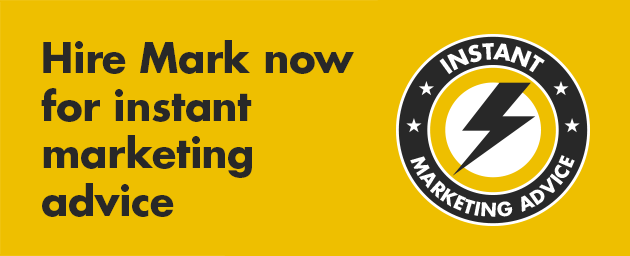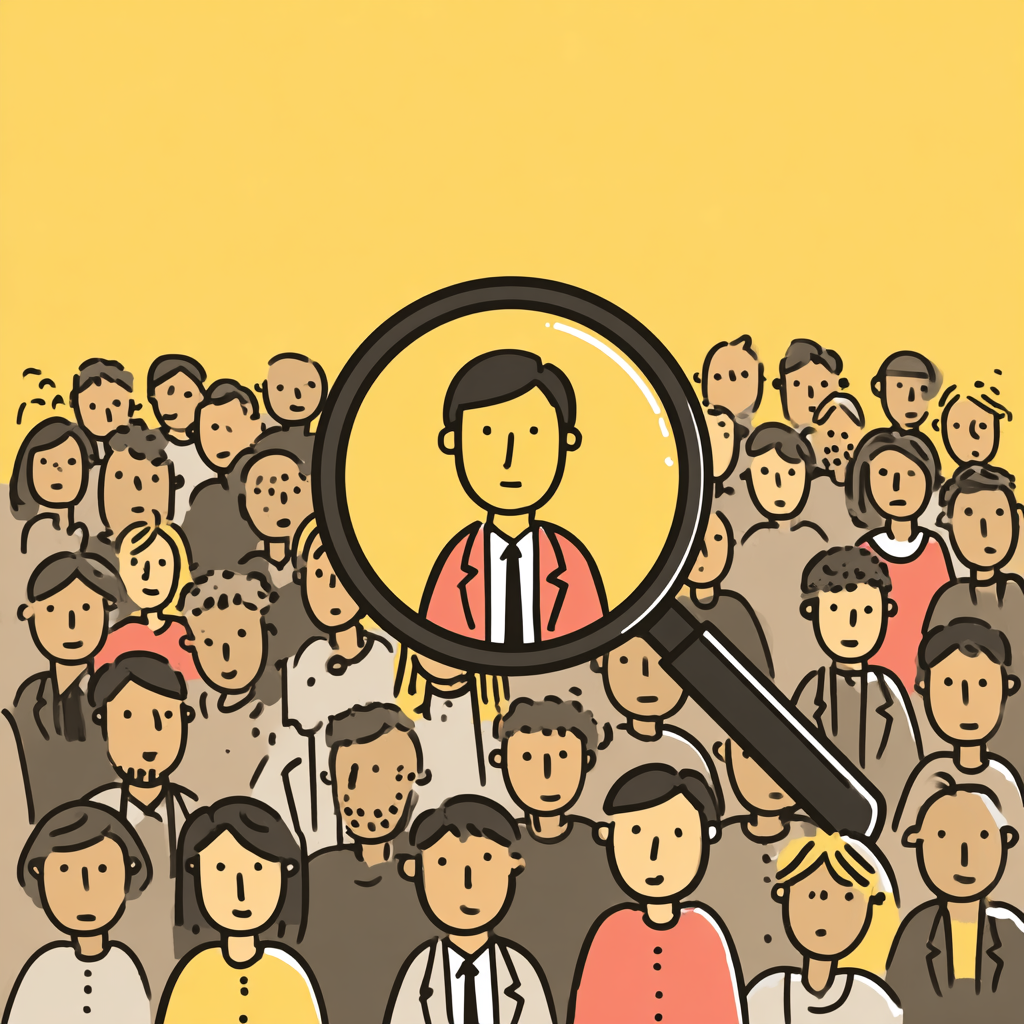
When I attended my first college marketing class, I became hooked on this Philip Kotler definition: marketing is a combination of psychology, sociology, and anthropology.
Marketing is all things human!
It’s easy to forget about that in this world overrun by AI, but I believe that in the end, that is still true. The most human company wins.
I thought it would be fun to have some members of the RISE community report on the most human marketing they’ve seen. I think you’ll find these inspiring stories a refreshing break from the AI feed!
Evie’s Story
Dr. Matt Wilkinson, founder of Strivenn
About six years ago, I came across one of the only life sciences marketing campaigns that ever truly moved me, Charles River’s “Evie’s Story.”
It’s rare for a B2B life sciences video to spark deep emotion, but this one brought me to tears. “Evie’s Story” wasn’t just emotionally powerful; it was strategically brilliant. Built on the classic framework of Freytag’s Pyramid, it masterfully told a compelling narrative that pulled at the heartstrings while making a complex topic deeply relatable.
The campaign did more than tell a story; it humanized the Charles River brand at a time when it needed to connect not only with its shareholders but also with the broader public. This was a powerful example of how thoughtful human-first storytelling can bring a brand’s purpose to life.
About people, for people
Roxana Hurducas, B2B Brand Strategy Advisor
In 2017, I was the CMO at the leading courier company in the country. Almost daily, I’d hear wild, funny, heartwarming stories from the field, like the courier who was asked to hide the package in the bushes so the husband wouldn’t see it, or the one who was asked to take out the trash on his way out.
I felt these stories HAD to be told. People needed to see couriers not as delivery robots, but as real humans, with personalities, adventures, and feelings.
So I teamed up with our creative agency and went all-in on authenticity: no scripts, just real couriers telling real stories. A filming crew toured the country with a camera and a mic, asking: ‘Who has a good story?’ and pressed Record.
We bet the entire campaign on it, two weeks before the already-reserved media plan, with no guarantee the footage would even be usable? I had anxiety, I couldn’t sleep, and my bosses and colleagues kept asking: ‘Are you sure we’ll get anything good?’
All I could say (and hope!) was: We have to.
And we did. More than I could’ve hoped for.
One courier got trapped on a fence after throwing the packages over to escape a client’s dogs. Another was invited to lunch by an old lady and wasn’t allowed to leave until he finished the entire meal. And one, after carrying a bathtub up several flights of stairs, picked up a sledgehammer and broke down the bathroom wall at the customer’s request, because the tub simply wouldn’t fit through the door.
The campaign wasn’t about logistics, or deliveries, coverage, or technology.
It was about people, for people, told by people, and a great success.
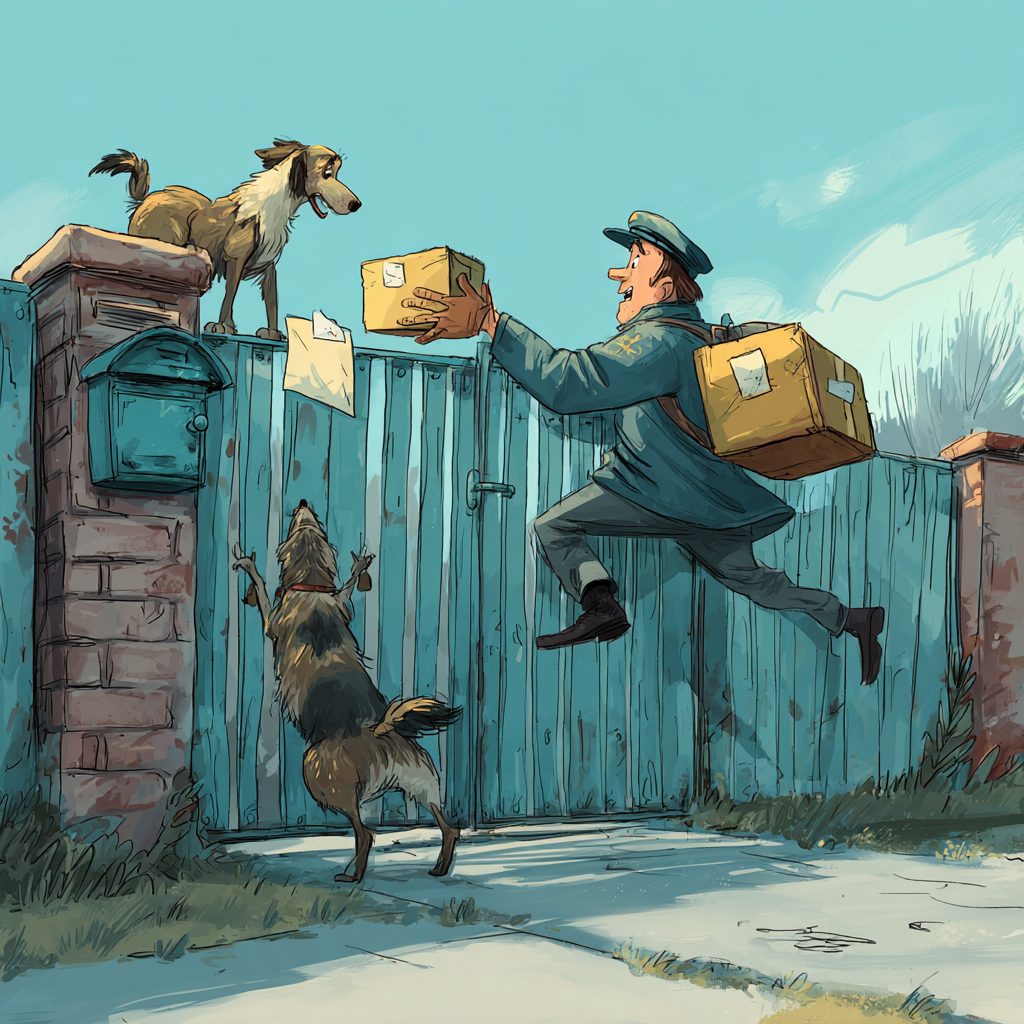
Forever
Jim MacLeod, author of The Visual Marketer
A couple of years ago, the pet food company, The Farmer’s Dog, released its Super Bowl commercial titled “Forever.” It told the story of a young girl growing up with her dog. As she moves through the stages of life, the dog is always by her side. The puppy grows bigger at first, and grows older later on.
We’ve seen similar ads in the past. We all know puppies and gray-faced dogs are a great way to tug at the heartstrings. Subaru has repeatedly found success by running dog-centered commercials. This one has a little more because it ties in perfectly with the product.
For anyone who has had a dog and wants/wanted them to live longer, we know the feelings this commercial invokes. Dogs are always around. Always a little mischievous. And always offering unconditional love … all for the low price of some snacks or snuggles.
This is one of those ads where it’s easy to picture yourself in the place of the main actor. Many of us have been there. It touches us in ways that a humorous or interesting commercial doesn’t.
Pure human-to-human connection
Sarah Stahl, co-founder Market Movers
After spending four months caught in an AI-driven job search—applying to nearly 400 marketing roles and getting nowhere—I realized the only way to break through was to show up as myself. I reached out to my network and landed a spot as a webinar speaker for the American Glamping Association. Instead of just pitching myself or my services, I offered something meaningful: up to 10 free vacation rental marketing audits to those attending live. Eight signed up immediately.
What happened next was more significant than I had expected. Those initial audits became a training ground, helping me refine a product that budding businesses genuinely needed. Word spread on LinkedIn, and the response turned into a community movement—I sold enough audits in the following weeks to match more than a month’s salary at a job I’d been chasing.
This experience meant so much because it was a pure human-to-human connection. I listened, provided value, and met a real need quickly. It not only jump-started my own business but also created a resource that others in the industry are now learning from. It’s proof that authentic generosity and quick action—especially in a world driven by algorithms—can still win.
A Focus on Empathy
Scott Scowcroft, founder of The Scott Treatment
If you could stand in someone else’s shoes, hear what they hear, see what they see, and feel what they feel, would you treat them differently? This concept became central to the Cleveland Clinic’s approach, sparking both internal training and global discussions about empathy in health care.
Cleveland Clinic created a video challenging viewers to adopt another person’s perspective, encouraging healthcare professionals to consider the unseen struggles, fears, and hopes of the people around them.
The video illustrates how empathy can profoundly shape patient care and everyday interactions.
Feeding the Stomach and the Soul
Iris van Ooyen, Author and Life Navigation Mentor
The most human marketing I experienced happened 20 years ago.
I was newly vegetarian and at the time very few restaurants offered vegetarian options besides a green salad or an omelet. I’d grown accustomed to being the person who complicated everyone’s evening. This restaurant, De Vrijheid, didn’t have a single vegetarian option on the menu, but they turned what felt like my limitation into their creative playground.
The chef would create a vegetarian meal for you using what was available in the kitchen. I was asked about my allergies and dislikes. To my surprise, the owner came back with a suggestion from the chef. “The chef proposes asparagus risotto—would you like us to prepare that for you?” I did and thoroughly enjoyed the dish.
As a result, the next time we went out for dinner, we went back there. I wasn’t interested in an omelet I could make myself when the chef’s creativity was at my disposal.
Our second visit was even better. The owner welcomed us back and turned to me, saying, “Last time the chef made you asparagus risotto. This time, he proposes grilled pumpkin with …” In that moment, I realized they weren’t just feeding me—they were building a relationship, one meal at a time.
Rarely did we eat anywhere else after that. Instead of making me feel difficult, they made me feel seen. My dietary needs weren’t a problem to accommodate—they were an invitation to create something special.
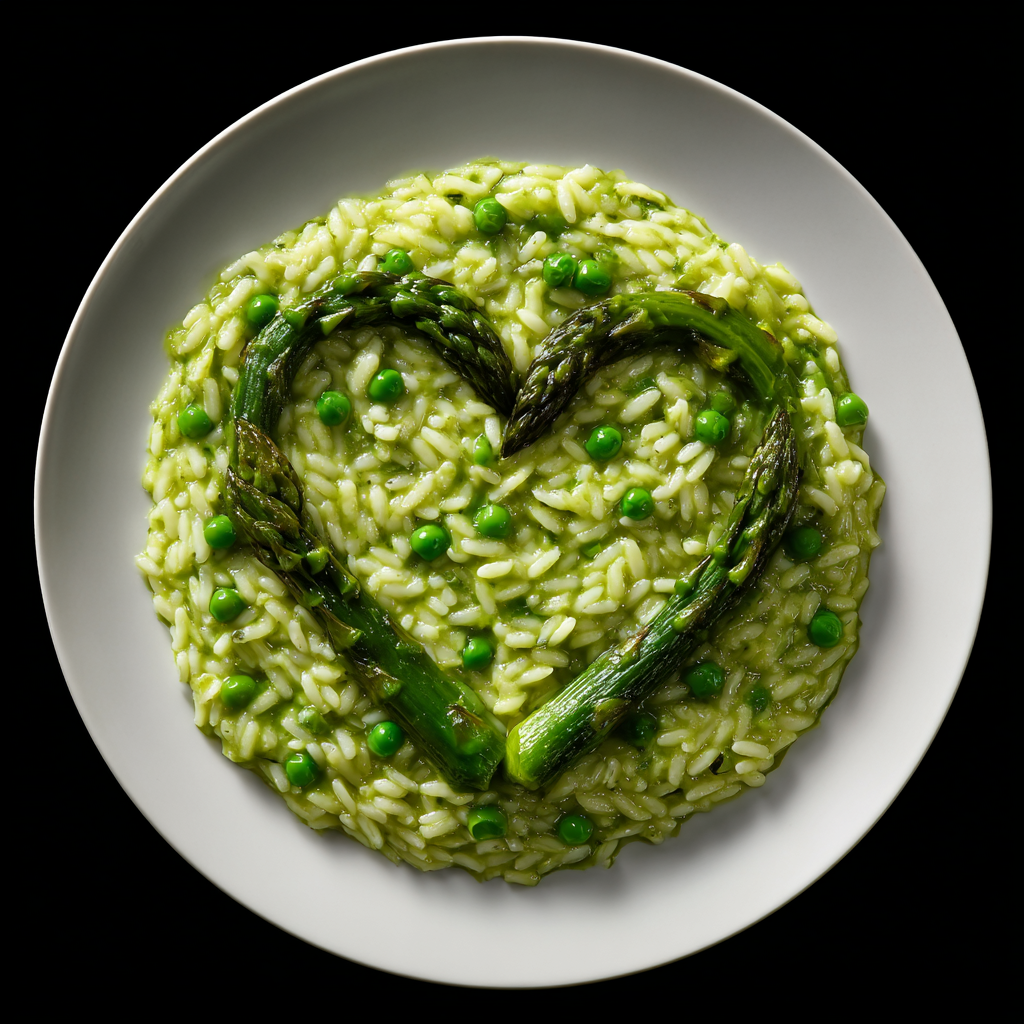
Every interaction is marketing
Emiliano Reisfeld, CMO
After an important business lunch, I realized my keys were locked inside my car. I couldn’t get back to my office!
The waiter observed what was happening, called a taxi to pick up a copy of my keys at home, and offered me a complimentary coffee while I waited.
Is that marketing? Yes. Every customer touchpoint is an opportunity to create a memory, a feeling, that contributes to the brand.
This waiter went above and beyond his work to create a singular act of humanity. For this reason, I will always feel loyalty to that restaurant.
Hope from the Sewers
Zack Seipert, Government Marketing and Communications Specialist
My example of the most human marketing moment I’ve seen comes from an unlikely place: sewage.
In December 2023, the Northeast Ohio Regional Sewer District posted to social media a rather vague invitation: “just a phone number, a voicemail, and a whole lot of emotions. 216-361-6772.”
When you called, you didn’t hear the customary robotic greeting stating your call was important to them or directing your call to the right department. You heard John Gonzalez, the district’s communications manager, speaking candidly about loneliness, anxiety, and the hidden weight of the holidays. He told each caller: “You are not alone…”
What happened next was nothing short of a Christmas miracle. Thousands of people from Ohio and around the world called in to share their own stories of hope, grief, and gratitude.
Engagement on the district’s channels exploded, and national outlets ran feature stories.
For a utility often seen as invisible infrastructure, this simple act of empathy humanized the brand, deepened trust, and generated priceless earned media.
Good marketing in a bad time
In 2019, I wrote a book called Marketing Rebellion. It was a wake-up call for companies to rediscover their customers, to stop doing things that people hated (like spam and “lead nurturing”) and roll up their sleeves and actually connect in a human way.
Almost exactly one year later, the pandemic hit.
Initially, businesses were unsure of what to do or say. Most of them turned to the advertising agencies, which produced lame scripts about “being with you in these hard times.”
But then the truly heart-led brands showed up in a human way.
- A local real estate office turned itself into a mask assembly center. They had so many volunteers that they were able to ship masks outside the state.
- Heineken posted notices on the doors of shuttered pubs, encouraging customers to be patient and return when it was safe to do so. Through the pandemic, the brewer paid each pub advertising fees for the posters to help keep their customers afloat.
- Kiobassa Provision Company, a regional meat supplier in Texas, shipped 10,000 pounds of meat per month to local food banks to assist displaced individuals.
- Burger King took out ads encouraging customers to buy from McDonald’s and other fast food franchises to help keep them open during the pandemic.
- American Express distributed $25,000 grants and corporate resources to help keep small businesses afloat during the crisis.
- Chipotle restaurants hosted local online celebrations to connect high school teens who could not see each other when proms and graduations were cancelled.
It’s unfortunate that it took a pandemic to wake marketers up, but the ideas I proposed in Marketing Rebellion have come true.
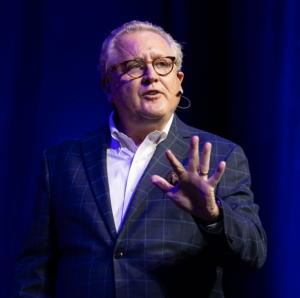 Need a keynote speaker? Mark Schaefer is the most trusted voice in marketing. Your conference guests will buzz about his insights long after your event! Mark is the author of some of the world’s bestselling marketing books, a college educator, and an advisor to many of the world’s largest brands. Contact Mark to have him bring a fun, meaningful, and memorable presentation to your company event or conference.
Need a keynote speaker? Mark Schaefer is the most trusted voice in marketing. Your conference guests will buzz about his insights long after your event! Mark is the author of some of the world’s bestselling marketing books, a college educator, and an advisor to many of the world’s largest brands. Contact Mark to have him bring a fun, meaningful, and memorable presentation to your company event or conference.
Follow Mark on Twitter, LinkedIn, YouTube, and Instagram
Illustrations courtesy Mid Journey


